Hemos publicado tarjetas de coleccionista de Tripulacion Comercial, marcadores y hojas para colorear en español , así que consiga el suyo hoy! Todos son informativos, divertidos, fáciles de descargar, leer, colorear y compartir! Puede descargarlos usando estos enlaces o en https://www.nasa.gov/content/for-fun
We’ve posted Commercial Crew collector cards, bookmarks and coloring sheets in Spanish, so get yours today! All are informative, fun, easy to download, read, color and share! You can download them from these links or at https://www.nasa.gov/content/for-fun
CapCom Y Centro De Control De Mision
Mantenimiento De La Estacion Espacial Internacional
Investigaciones En El Espacio
Marcador – Socios Comerciales
Marcador – Boeing
Marcador – SpaceX
Tarjeta de Coleccionista – Socios Comerciales
Tarjeta de Coleccionista – Blue Origin
Tarjeta de Coleccionista – Boeing
Tarjeta de Coleccionista – Sierra Nevada Corp.
Tarjeta de Coleccionista – SpaceX

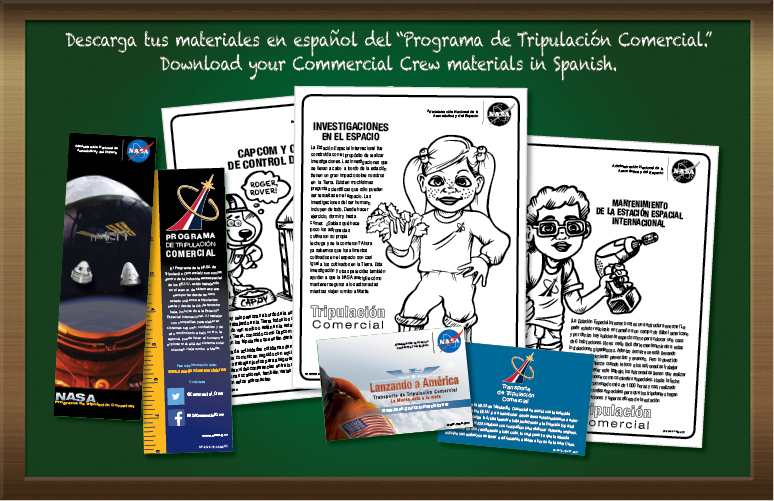

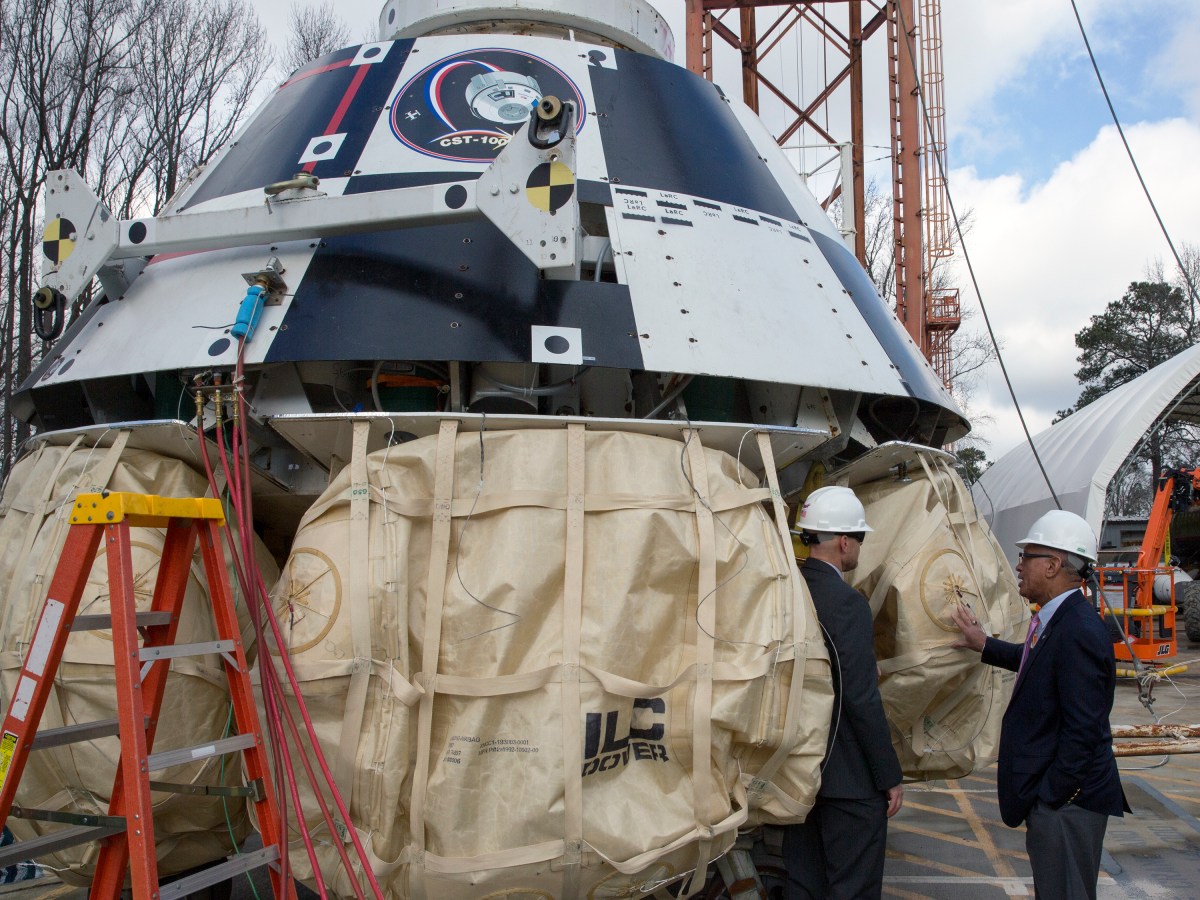



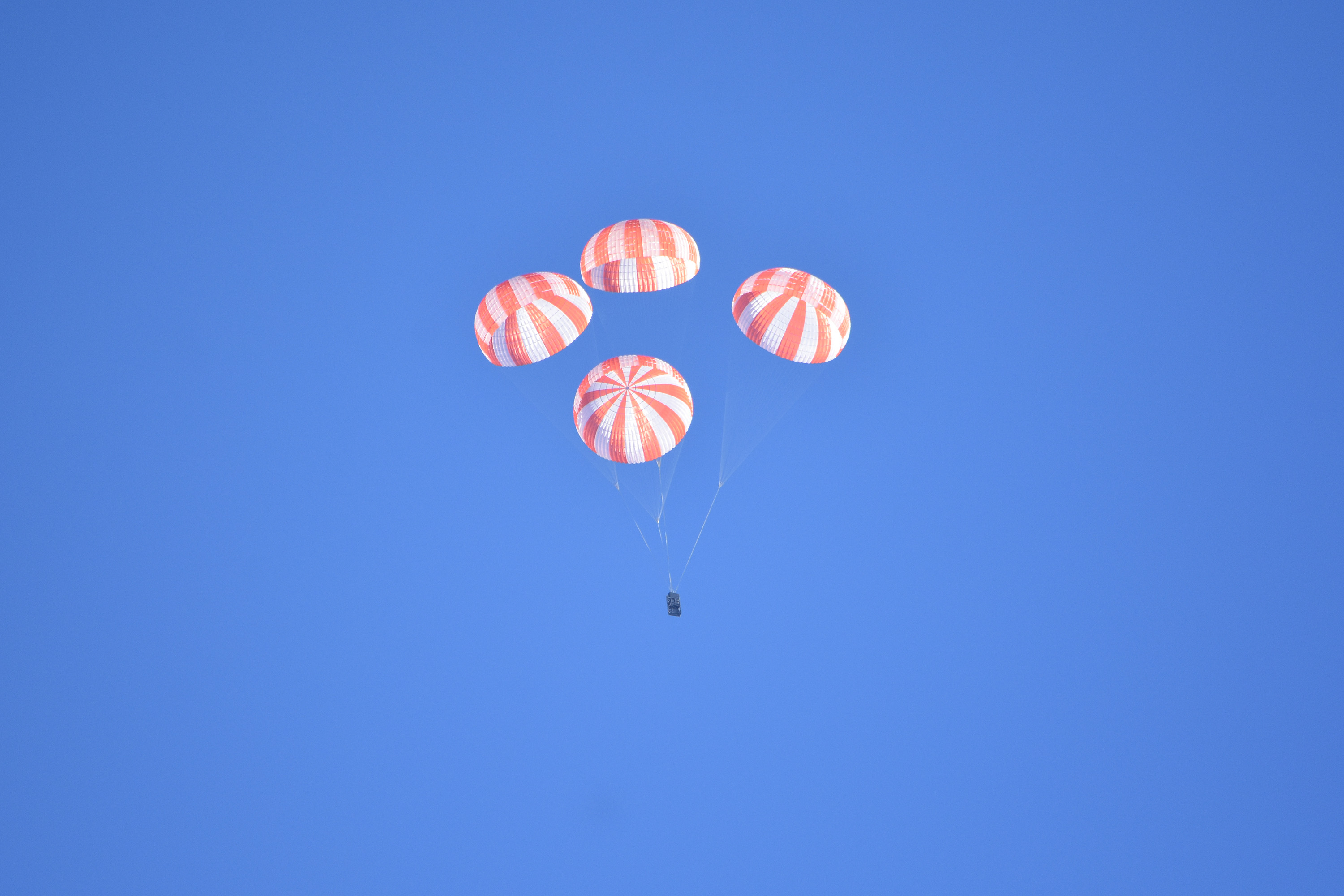



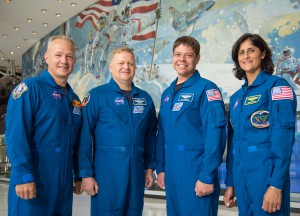 NASA’s Commercial Crew Program and its aerospace industry partners Boeing and SpaceX are on the eve of America’s return to human spaceflight launches. By the time the year closes, Boeing’s CST-100 Starliner and SpaceX’s Crew Dragon will be poised for the flight tests that allow our astronauts to travel to the International Space Station lifting off from Florida’s Space Coast.
NASA’s Commercial Crew Program and its aerospace industry partners Boeing and SpaceX are on the eve of America’s return to human spaceflight launches. By the time the year closes, Boeing’s CST-100 Starliner and SpaceX’s Crew Dragon will be poised for the flight tests that allow our astronauts to travel to the International Space Station lifting off from Florida’s Space Coast.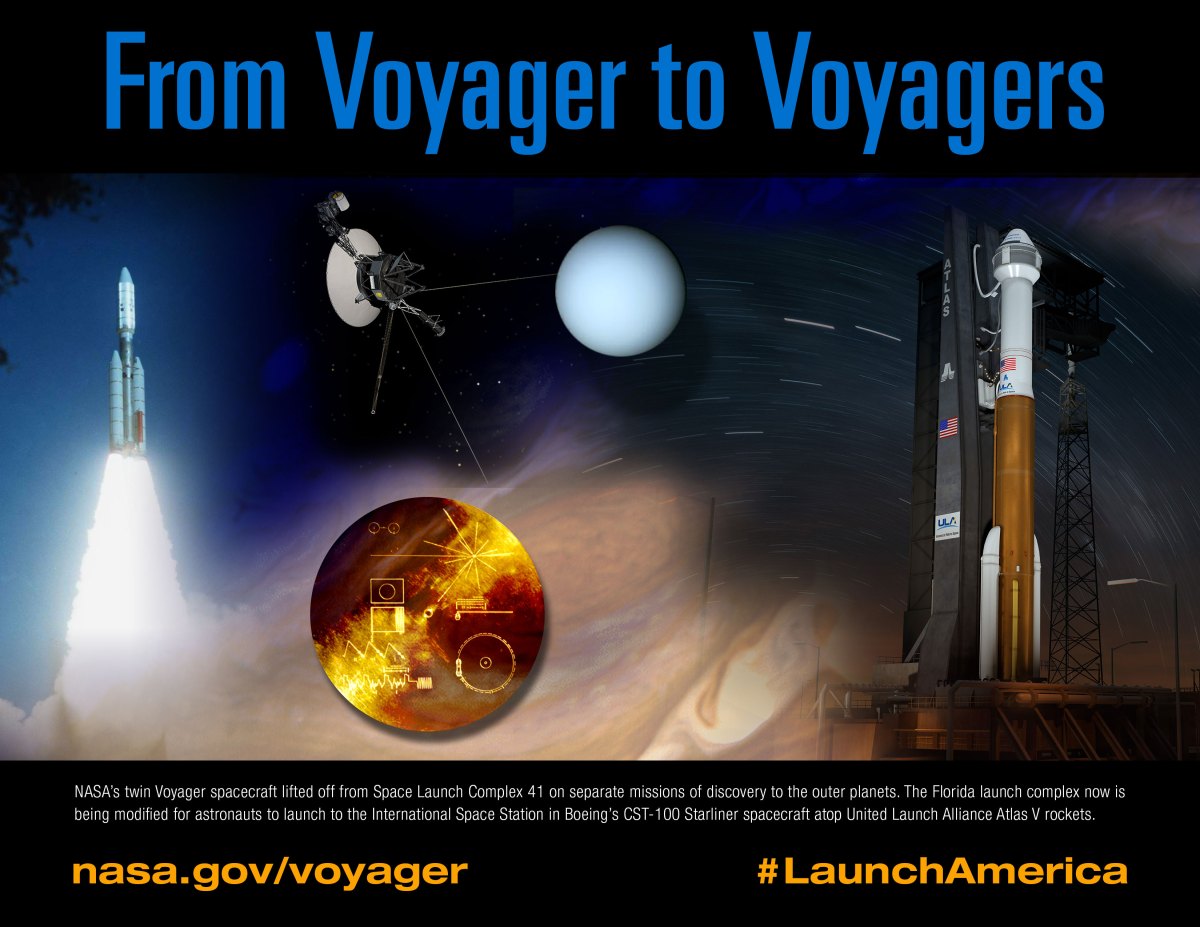

 Today, NASA Administrator Charlie Bolden blogged about the agency’s plan, vision and timetable for sending American astronauts to the Red Planet in the 2030s. By building a robust commercial market in low-Earth orbit, the agency is able to focus on simultaneously getting our astronauts to deep space.
Today, NASA Administrator Charlie Bolden blogged about the agency’s plan, vision and timetable for sending American astronauts to the Red Planet in the 2030s. By building a robust commercial market in low-Earth orbit, the agency is able to focus on simultaneously getting our astronauts to deep space.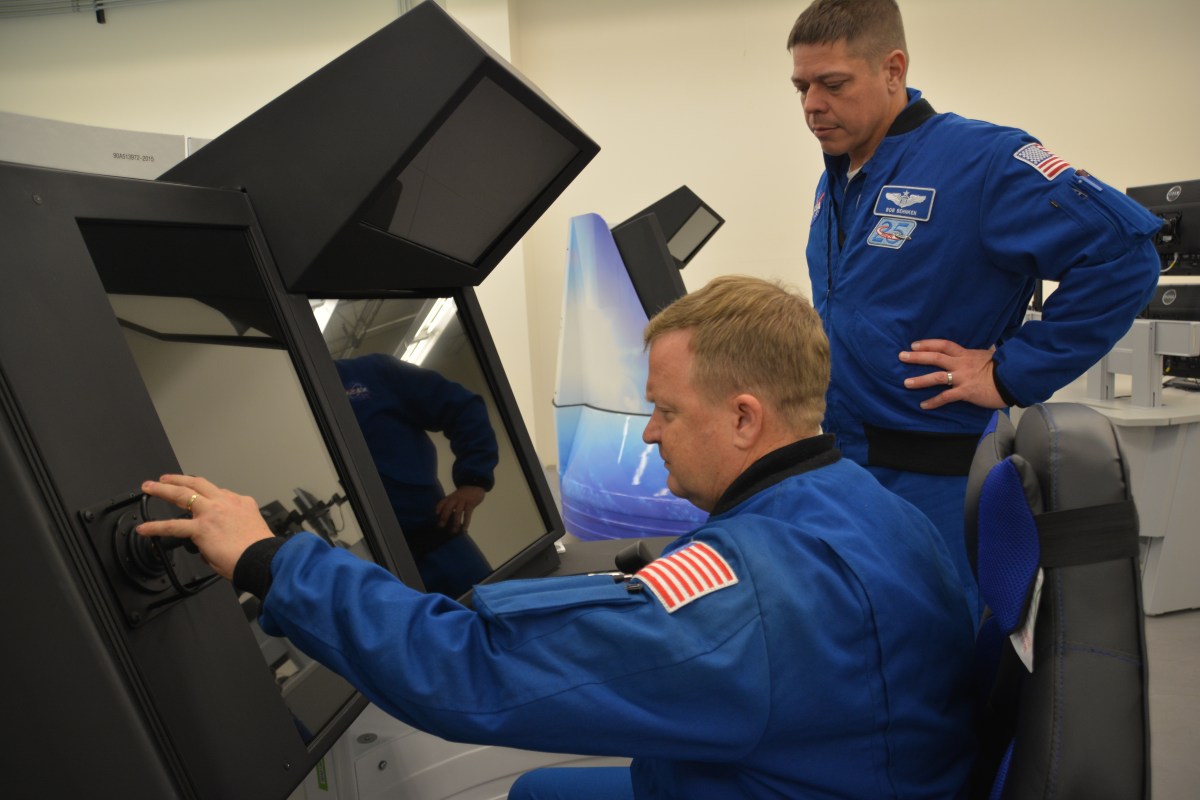
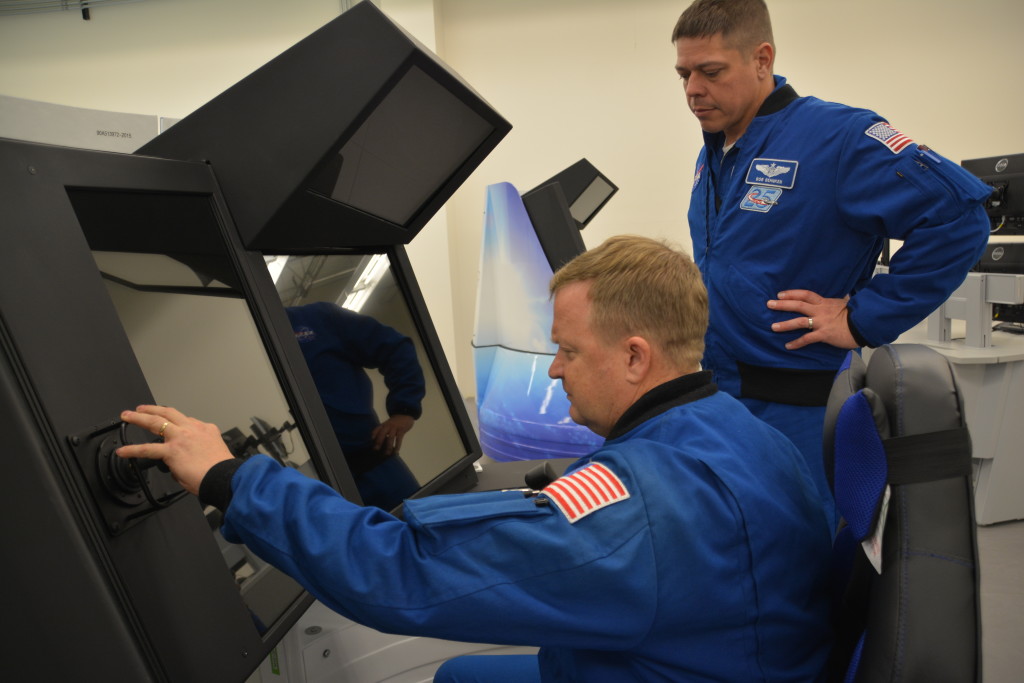
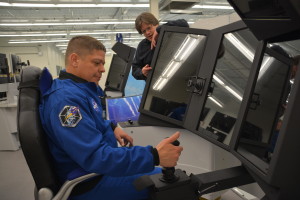 Commercial Crew astronauts Bob Behken and Eric Boe sat at the simulated controls of Boeing’s CST-100 Starliner recently as they evaluated sophisticated systems designed to train astronauts and mission controllers prior missions to the International Space Station. Behknen and Boe are two of four NASA astronauts, including Doug Hurley and Suni Williams selected to work closely with Boeing and SpaceX as the companies finalize their systems. Crews have not been assigned to specific missions or spacecraft, so the team is cross-training and aiding in development of both.
Commercial Crew astronauts Bob Behken and Eric Boe sat at the simulated controls of Boeing’s CST-100 Starliner recently as they evaluated sophisticated systems designed to train astronauts and mission controllers prior missions to the International Space Station. Behknen and Boe are two of four NASA astronauts, including Doug Hurley and Suni Williams selected to work closely with Boeing and SpaceX as the companies finalize their systems. Crews have not been assigned to specific missions or spacecraft, so the team is cross-training and aiding in development of both.